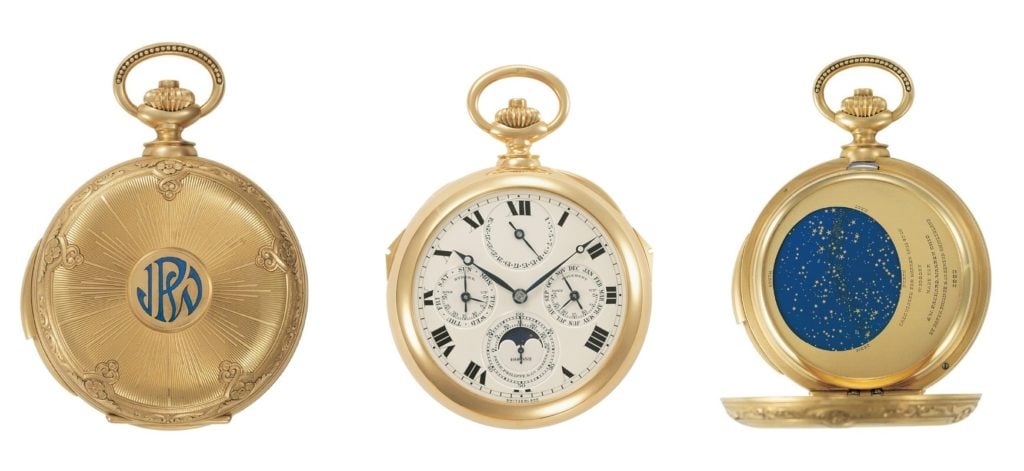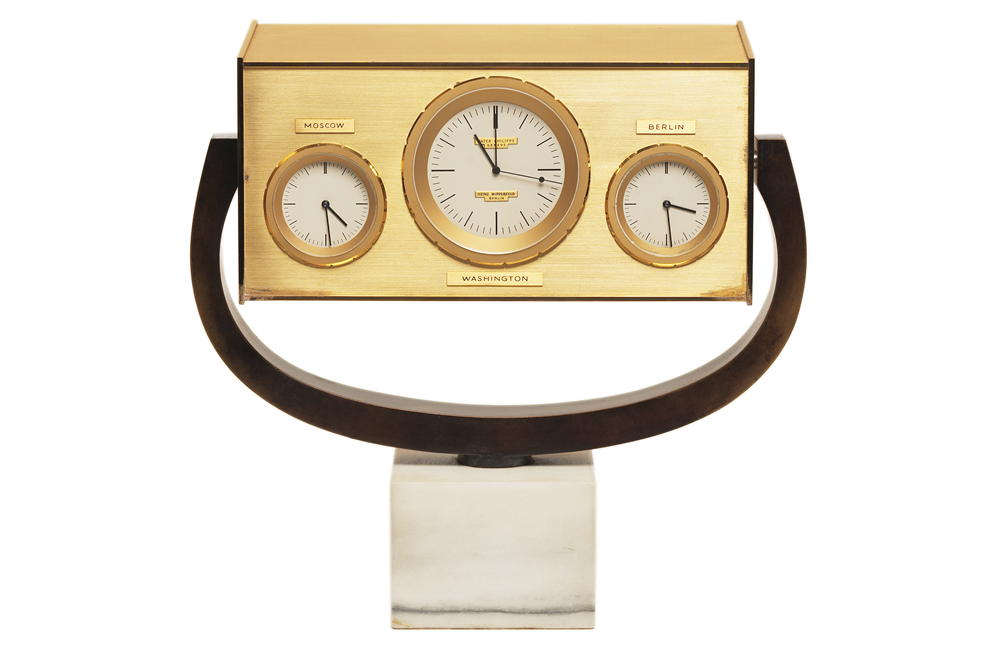Art & Exhibitions
See the Historic American Timepieces Highlighting Patek Philippe’s ‘Art of Watches’ Exhibition
From a desk clock that witnessed presidential history to the world's most complicated pocket watch.

From a desk clock that witnessed presidential history to the world's most complicated pocket watch.

This summer, Patek Philippe brings to New York City some of the most sought-after timepieces ever created for its “The Art of Watches Grand Exhibition.” The pieces on display are imbued with the history of notable collectors, politicians, and celebrities, each one representative of a particular time in the history of the United States.
Within the “Grand Exhibition,” 10 thematic rooms will be open to the public. The US Historic Room will feature 27 pieces by Patek Philippe; they’re on loan from the company’s eponymous museum in Geneva, the John F. Kennedy Presidential Library and Museum, and from a number of international private collections. Although based in Switzerland, Patek Philippe has maintained a close relationship with the United States, as showcased in the exhibition. Two of the more notable names in the show are entrepreneur James Ward Packard and banker Henry Graves, Jr.—avid collectors and horological enthusiasts who maintained a friendly competition in commissioning the most complex, intricate, and lavish timepieces in the world.
Not to be overshadowed by his rival, Graves commissioned the iconic “Supercomplication” pocket watch in 1933, which featured 24 complications—including Westminster chimes, a perpetual calendar (going through the year 2100), sunrise and sunset times, and a celestial map positioned at the exact point of view from Graves’s apartment on Fifth Avenue. The watch remains the most complicated timepiece built without the aid of computer technology, composed of 920 individual parts. In 2014, Graves’s prized watch sold for almost $24 million, the highest price ever paid for a wrist or pocket watch.
Other highlights of the show include a wristwatch that the owners of the New York Yankees gave their star player, Joe DiMaggio, in 1948. There’s also a desk clock that was presented to President John F. Kennedy by Mayor Willy Brandt of West Berlin in June 1963, the day after his famous “Ich bin ein Berliner” speech. The quartz face displays three time zones: Moscow; Washington, DC; and Berlin, signifying diplomacy and a shared mission between the countries.
“The Art of Watches Grand Exhibition” will be located at Cipriani 42nd Street, July 13–23, 2017, 10 a.m.–7 p.m. See a few of the exhibition’s historic timepieces below.

John F. Kennedy’s desk clock, on loan from the JFK Presidential Library and Museum. Courtesy of Patek Philippe.